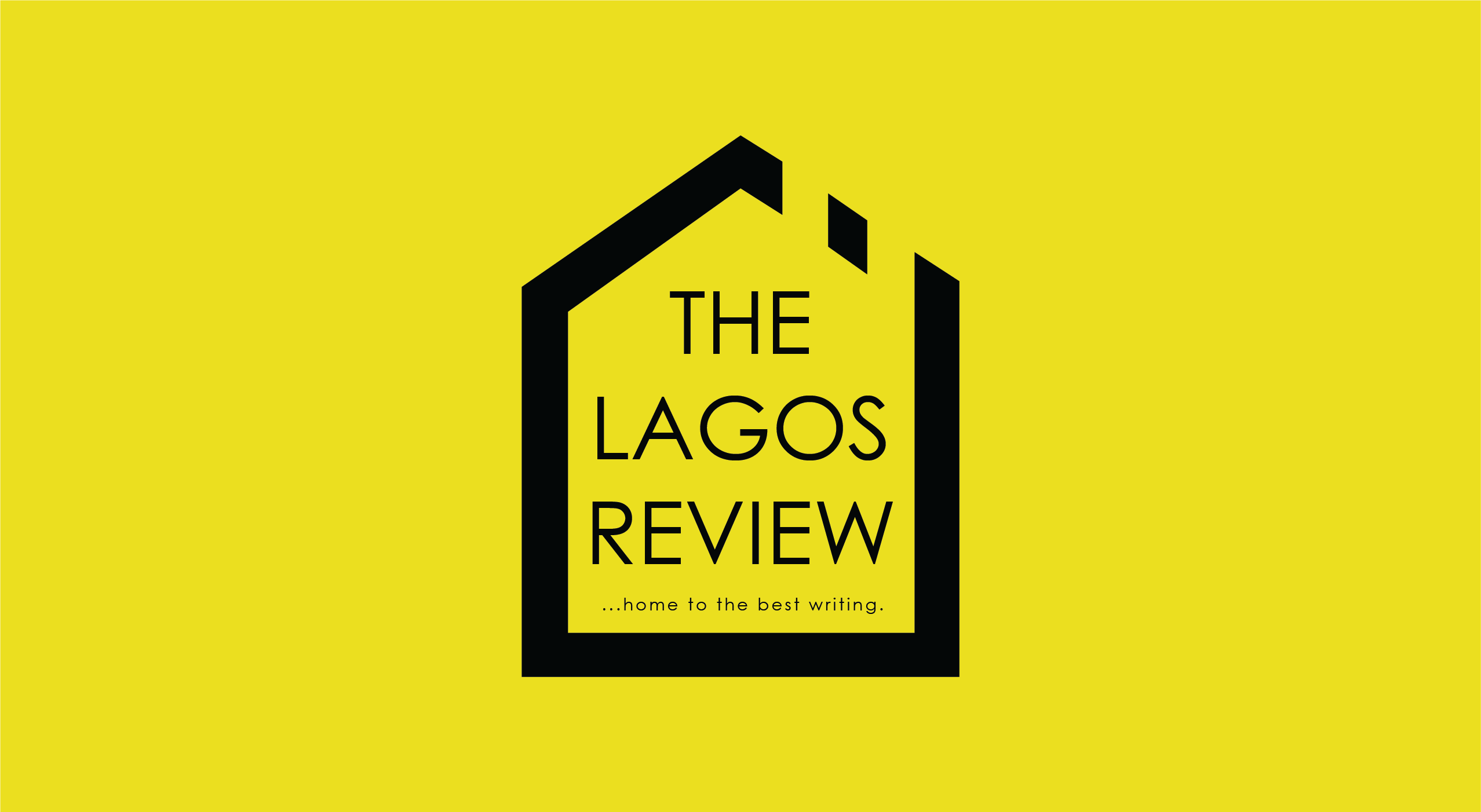November 10th, 2021, was a historic day for the Republic of Benin, as it marked the day when the Beninese people celebrated the return of 26 royal treasures plundered from the African kingdom of Dahomey by French colonial troops in 1892.
This historic event marked the end of 130 years of captivity for these artefacts and provoked questions from the Beninese and indeed Africans:Why return only 26 out of the thousands of artefacts stolen? the return politically motivated? How should these art treasures, stolen from ancestors, be received in a country which has since reinvented itself in

Through her introspective documentary film Dahomey, French-Senegalese filmmaker Mati Diop tries to answer these questions by tracing the voyage of these artefacts and their reception by the Beninese people.
Written by Diop, the film begins with a beautiful night-time view of a ferry on the Seine River before the camera cuts to the basement level of the Musée du Quai Branly, where the artefacts are being packaged ready for transport back home.
This scene is pivotal as Josephine Drouin‘s unobtrusive camera meticulously observes the procedure of packing the artefacts into their crates.
For the artefacts, the Musée du Quai Branly has been home since its opening in 2006 and now, as they prepare to return to their country of origin, the camera captures the painstaking process of packing and crating, imbuing the scene with a sense of reverence, care, and perhaps even a hint of melancholy, as the museum bids farewell to these treasured artefacts.
Most documentaries rely on interviews, footnotes, dialogue, or a structured narrative to drive storytelling but instead, Dahomey focuses on telling its story through mesmerizing and atmospheric visuals, drawing viewers in through a unique aesthetic language.
This is coupled with a brilliant score that perfectly complements the film’s contemplative tone, elevating the emotional impact of the visuals and creating a truly immersive experience.

Diop doesn’t just give a “history lesson” in this documentary with soulless narration; rather she gives a voice to the artefacts themselves. While this unconventional approach may sound unorthodox on paper, it proves remarkably effective, conveying the artefacts’ apparent confusion and pain in a way that adds depth and emotional resonance to the film.
In many ways, the artefacts reflect the real-life experiences of Africans in the diaspora who upon return to their home countries struggle with the complexities of cultural identity, historical trauma, and the search for belonging, echoing the artefacts’ own displacement and disconnection from their origins.
By personifying the artefacts and giving them “voice”, Diop creates a profound and empathetic connection between the viewer and the artefacts, elevating their status beyond being seen as mere relics. This bold narrative choice elevates the documentary to a more intimate and retrospective level, inviting viewers to ponder the artefacts’ storied past, and their cultural significance.
In the latter stages of the film, the focus is a debate among a group of students at the University of Abomey-Calavi. They discuss and even argue the return of the artefacts and what it means for the Beninese people.
For one of the students, the return of the artefacts is “a savage insult” while another one sees it as being politically motivated: a token gesture made by the French to distract from domestic pressures. One other sees the return of the artefacts as a way to help rewire the people’s understanding of their history.
Despite the differing opinions of the students, the film does not purport a specific leaning towards any of these takes, rather it lets the viewer immerse themselves and contemplate the validity and subjectivity of all of them. By doing so, the film remains open-ended, leading the viewer down a path of understanding while leaving open the strands of debate that exist within Africa today.
The past has been stolen and returned damaged; now, Dahomey urges a reckoning, calling for reflection on the intersections between history, memory and cultural identity.
Through this film, Diop cements herself as one of the more inventive minds in contemporary African cinema.
Photo source: Mati Diop, https://www.berlinale.de/en/2024/programme/202414781.html
***Joseph Jonathan is a film journalist and critic whose work explores the intersections of history, culture and film.





